. After years of inching forward with minor updates, Samsung has finally delivered on the future it had envisioned for its clamshell foldable series: a bigger cover screen, a larger battery, a thinner body, and a noticeably more refined user experience. This is the most complete Z Flip yet, a phone that now stands toe-to-toe with the competition from Motorola.
But now that Samsung has finally nailed the basics, I can’t help but wonder what’s next…
Looking ahead to 2026, the Galaxy Z Flip 8 could follow two different paths. In one version of the future, Samsung pushes even further to solidify the Z Flip’s lead. In the other, it settles back into cruise control, riding the wave of its recent wins and offering little more than tiny spec bumps.
Let’s explore both options.
Option A: Samsung doubles down and leads the next wave of flip phones
The Z Flip 7 solved so many of the line’s lingering issues, but there’s still plenty of room for meaningful upgrades. If Samsung decides to push forward aggressively, here’s how it could future-proof the Flip 8.
1. A flagship chip across the board
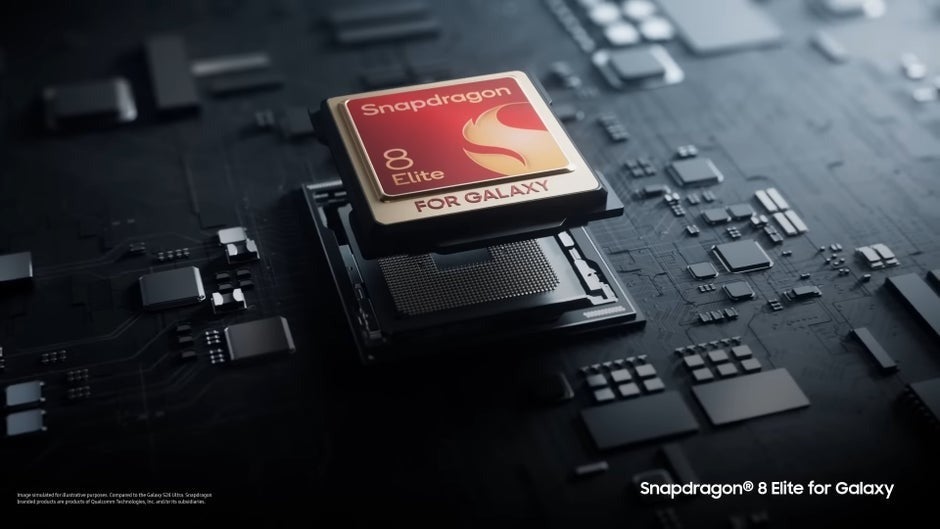

The Flip 7 looks premium, but its Exynos chip holds it back from truly flagship performance. | Image credit — PhoneArena
The Flip 7’s biggest compromise isn’t the battery, the display, or even the cameras — it’s the processor. Most models ship with the Exynos 2500 instead of the more powerful Snapdragon 8 Elite, and the performance gap is very real. Our benchmark tests show the Flip 7 trailing the Motorola Razr Ultra by a significant margin in both CPU and GPU scores. The Razr’s Snapdragon chip is not just faster, but also more efficient and better suited for sustained performance, especially for graphic-intensive tasks.
Samsung could fix this instantly by giving every Flip 8 unit the best chip available (and not just in North America). That would bring the Z Flip back in line with expectations for a premium $1,100 phone.
2. Much faster charging
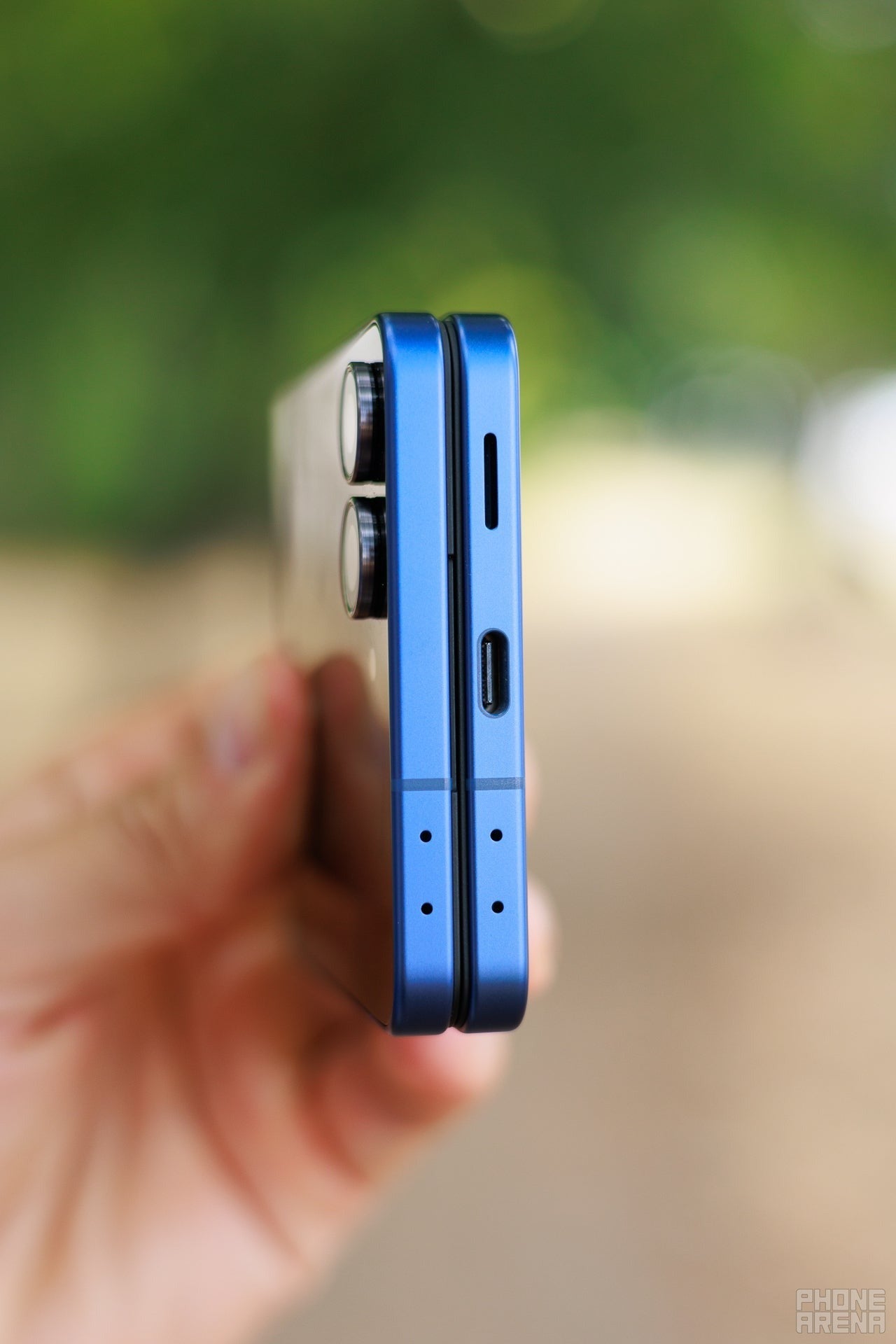

Even a 30-minute charge only gets the Flip 7 to 43% — Samsung needs to speed things up. | Image credit — PhoneArena
This one is long overdue. The Flip 7 takes 1 hour and 35 minutes to fully charge its 4,300 mAh battery — far slower than the Motorola Razr Ultra, which reaches 100% in just 43 minutes. Even a 30-minute top-up only gets you to 43% on the Flip 7, compared to 80% on the Razr.Samsung could easily step up here by adopting faster charging standards — most likely 45W — and finally modernizing the Flip’s charging situation. Battery life is no longer a problem (the Flip 7 comfortably beats its predecessor in all of our tests), so faster charging is the next obvious step.
3. Smarter software for the cover screen
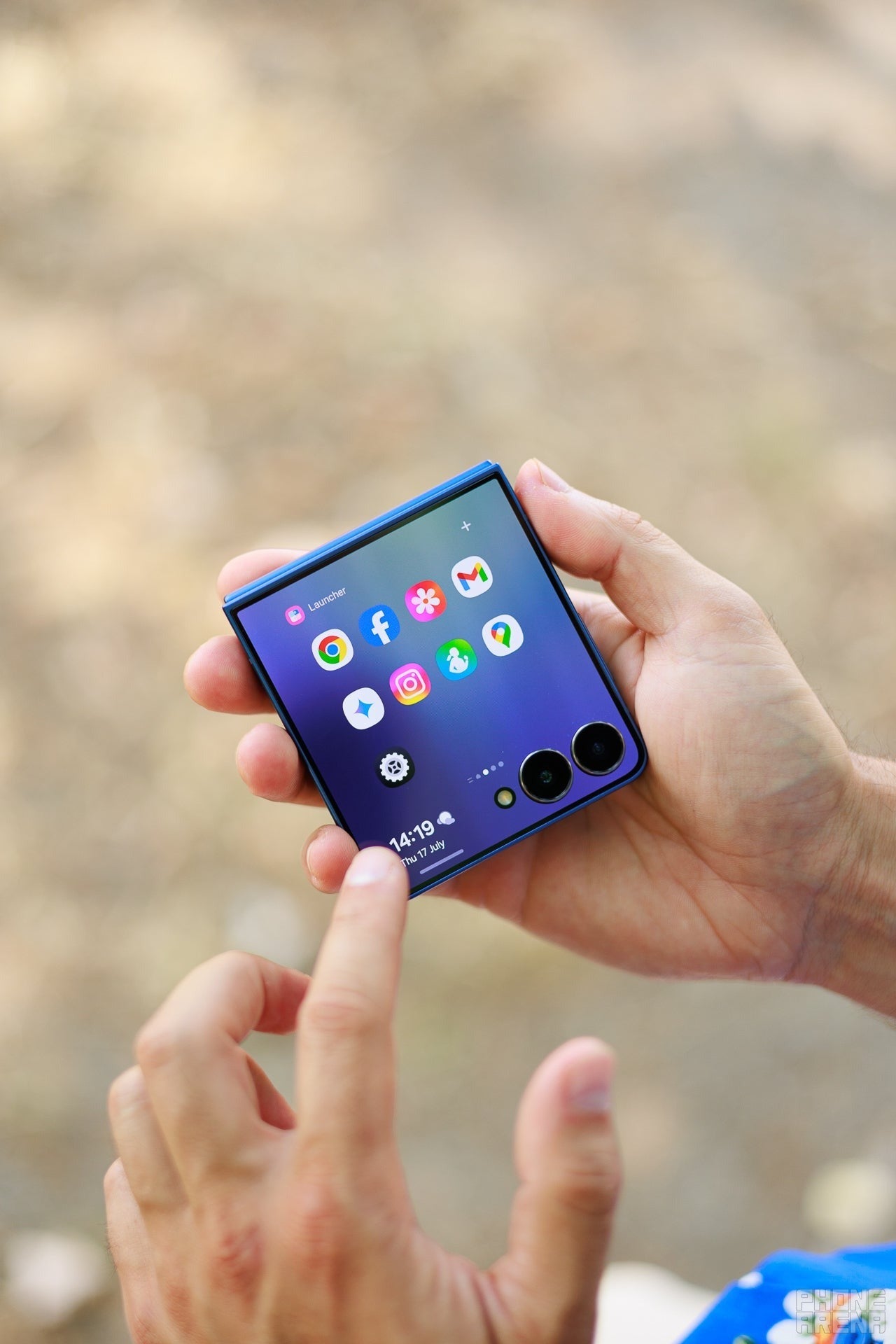

If Samsung wants the Flip to compete, it needs to let users do more with the cover display. | Image credit — PhoneArena
The 4.1-inch cover screen — also known as the “Flex Window” — is one of the Flip 7’s best features, but it’s still oddly limited. Samsung continues to treat it as a widget dashboard rather than a full app launcher — unless users go out of their way to install Good Lock and tweak obscure settings.
Meanwhile, Motorola allows you to run virtually any app directly from the Razr Ultra’s cover screen with no hacks required. If Samsung wants to match that experience, it needs to embrace the cover screen’s potential more fully in the Flip 8. Let users treat it like a real phone, not a glorified notification center.
4. A better camera system
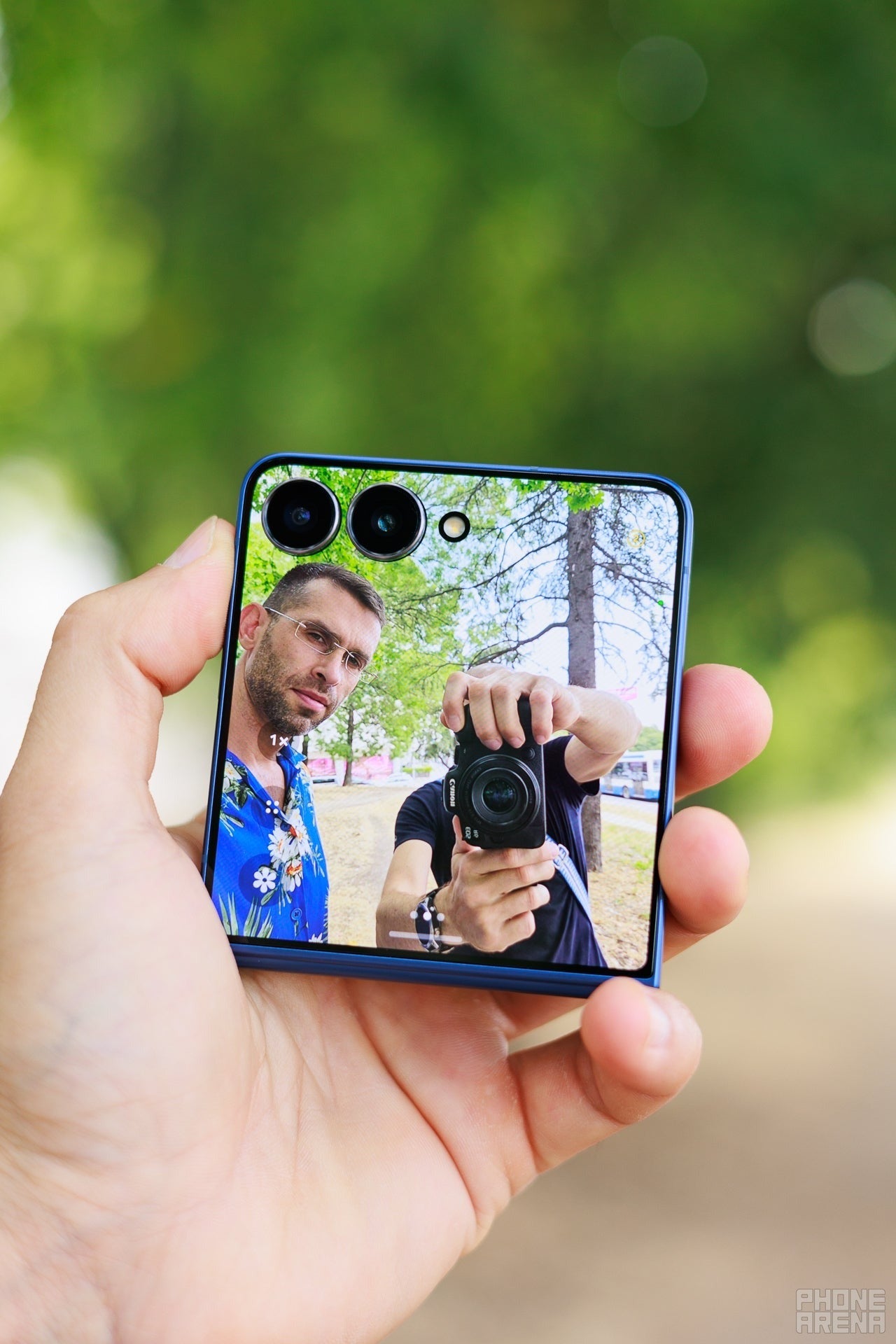

With noisy video and limited cover screen functionality, the Flip 7 still has work to do. | Image credit — PhoneArena
The Flip 7’s 50 MP main camera performs well in daylight, and the ultra-wide sensor has finally ditched the over-sharpened look of the Flip 6. But there’s still no telephoto lens, and video quality is clearly behind rivals like the Razr Ultra. Noise is visible even in bright scenes, and LOG video — a pro-level feature — is inexplicably unavailable when using the cover screen.Samsung could raise the bar here with better sensors, smarter processing, and true parity between main and cover screen camera functionality. Even if the compact size limits what’s possible, a mid-range telephoto lens or cleaner video capture would be huge upgrades.
5. More premium extras
With the Flip 7 finally gaining DeX support, the line is inching closer to Samsung’s regular flagship phones from the Galaxy S series. But other extras — like UWB (Ultra-Wideband), improved audio quality, and higher refresh rate displays — are still missing or underwhelming. For the Flip 8 to feel complete, it needs to offer the same polished treatment and feel as the S-series flagships.
Option B: Samsung slows down again and loses momentum
On the other hand, there’s a real risk that Samsung sees the Flip 7 as “good enough” and decides to rest on its success. We’ve seen this pattern before — most notably between the Flip 4, Flip 5, and Flip 6, which brought only marginal upgrades year over year. That, and it is generally typical to see this strategy from phone manufacturers nowadays.
Here’s what a stagnating Flip 8 could look like:
- Another Exynos chip, with minimal performance improvement
- Same camera system, with small software refinements at best
- Same 25W charging, continuing to lag behind competitors
- Minor design tweaks, like a new hinge or thinner profile no one asked for
- No real cover screen changes
This scenario is not hard to imagine — especially if the Flip 7 sells well. Samsung might be tempted to repeat its historically slow upgrade cycle.
But that would be a mistake.
The flip phone market is far from Samsung’s own playground. Motorola has proven it can out-design and out-spec Samsung when it matters, more specifically with its new Razr Ultra. Oppo, Vivo, and even Google are investing in the form factor too. And while Samsung still enjoys brand dominance and carrier support, that edge won’t last forever if it doesn’t continue to be a bit more aggressive with its foldables.
Option C: Galaxy Z Flip 8 Ultra
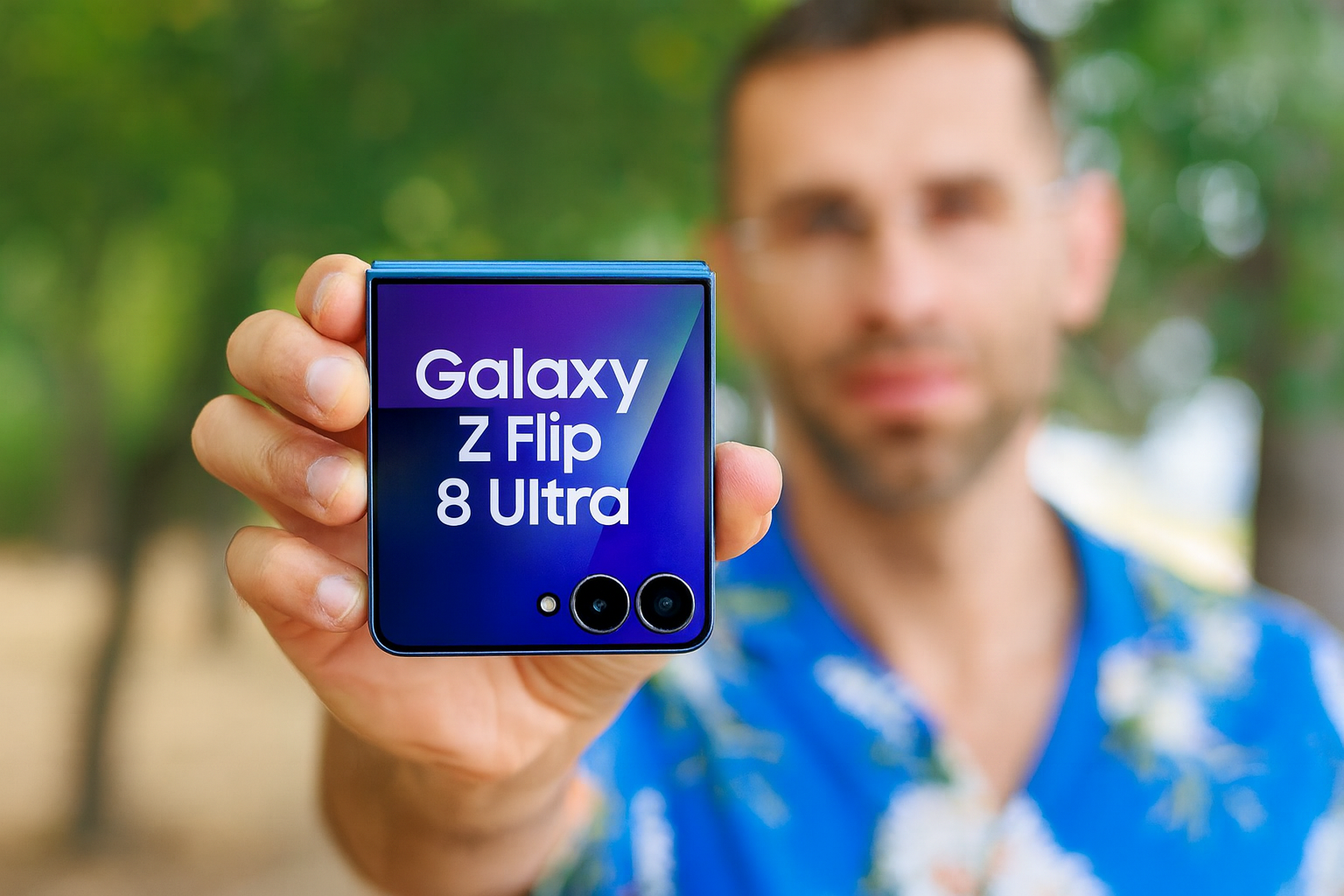

A true flagship Z Flip Ultra could give Samsung the premium edge it’s missing. | Image credit — PhoneArena
I lied when I said there were only two ways this could go. There’s a third, and it might actually be the most likely: the introduction of a Galaxy Z Flip 8 Ultra.
Samsung could take a page from Motorola’s playbook and launch a more premium Z Flip model, featuring the latest Snapdragon chip and other high-end upgrades to justify a higher price tag.
Right now, the Z Flip 7 sits at $1,100, putting it closer to the Razr Plus (2025) than the Razr Ultra ($1,300). Samsung has already filled the lower end with its first Fan Edition clamshell, the Z Flip 7 FE. But it still lacks a true rival to Motorola’s flagship — a clear missed opportunity. It may have been too late for 2025, but I’d be surprised if Samsung doesn’t correct that in 2026.
Final thoughts
The Galaxy Z Flip 7 is a triumph — but it’s also a crossroads. Samsung finally has a flip phone that’s easy to recommend, but it needs to decide whether that’s the finish line or the start of its reign in the market for small foldable phones.
If the company goes the bold route and builds a Flip 8 Ultra that’s faster, smarter, and more premium in every way, it could cement its leadership in the clamshell foldable space. But if it chooses to throw anchor and keep things easy, it risks letting rivals catch up and pass it by again.
In 2026, we’ll find out whether Samsung wants the Z Flip to be a trendsetter — or just another premium phone with a hinge.
#wanted #love #Flip #hoping #Samsung #doesnt #waste #Flip
